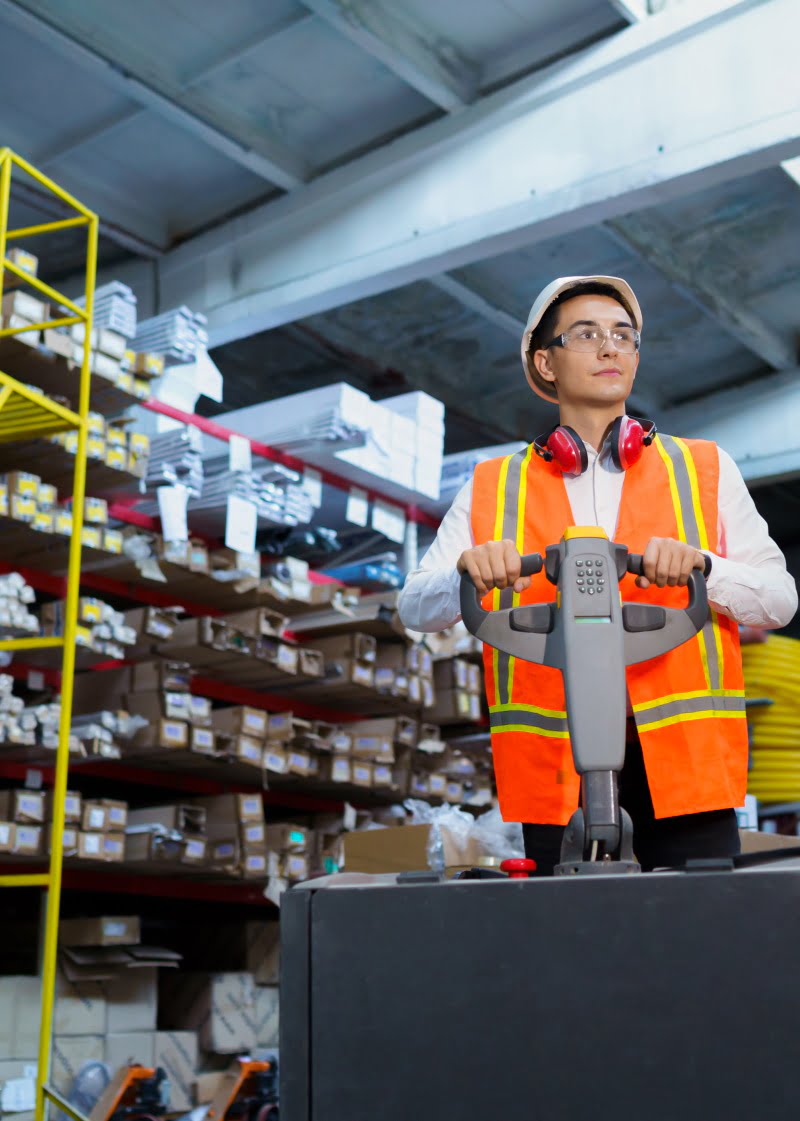In today's competitive business landscape, optimizing warehouse operations is crucial for success....
Lower operating costs with a comprehensive warehouse cost analysis.
Warehouse Cost Analysis
People – Equipment – Workflow

Warehouse cost analysis is a service focused on identifying, measuring, and reducing operational expenses across your facility. It’s ideal for warehouse directors, finance teams, and supply chain managers looking to improve profitability and make smarter budget decisions.
We evaluate the cost drivers that impact your bottom line and provide clear strategies for reducing waste and improving efficiency. Areas we typically analyze include:
- Labor costs and workforce productivity
- Inventory carrying costs and space utilization
- Equipment maintenance and energy usage
- Shipping, receiving, and logistics spend
- Overhead and facility management costs
This analysis gives you a detailed understanding of where money is going—and where savings can be found.
Warehouse Cost Analysis Services for Profit and Efficiency Gains
Identify Cost Drivers
Control Labor Expenses
Unlock Immediate Savings
Learn More From Our Blog
The Benefits of Lean Warehousing Practices
In warehouse operations, every wasted second, every inch of unused space, and every extra step...
The Impact of Warehouse Technology Upgrades on Costs
Warehouse operations are a crucial part of any supply chain, and companies are constantly looking...
How to Reduce Forklift Fleet Downtime and Save Money
When it comes to warehouse operations, maximizing efficiency and reducing downtime are key factors...
The Role of Preventive Maintenance in Warehouse Cost Management
When it comes to managing warehouse costs, businesses need to adopt comprehensive strategies that...
The Role of Technology in Warehouse Cost Savings
In today's highly competitive business landscape, warehouse operations play a crucial role in...
Why Choose HCO Innovations for Warehouse Cost Analysis?
At HCO Innovations, we understand the complex cost structures that drive warehouse operations. Our approach is built on real-world experience, data-backed analysis, and a deep understanding of logistics. We don’t just deliver numbers—we show you where to act and how to save.
- Comprehensive cost breakdowns tailored to your facility
- Actionable insights for labor, inventory, and logistics savings
- Support for financial planning and capital expense decisions
- Benchmarking against industry standards and best practices
- Clear reporting that highlights both short-term wins and long-term strategies
Whether you’re trimming costs or planning for growth, HCO Innovations helps you gain clarity and control over your warehouse spend.








